Martial Arts - Styles
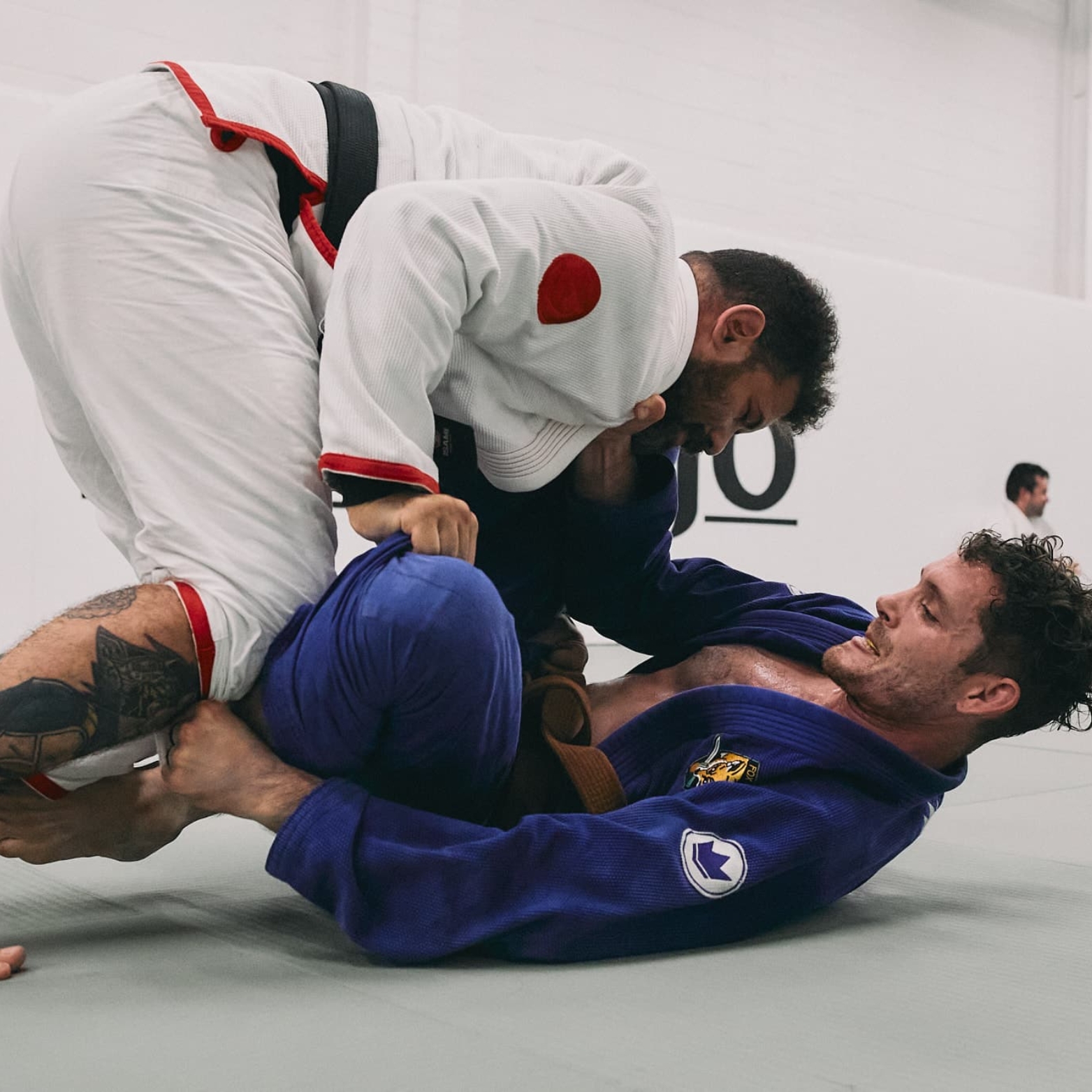
Brazilian Jiu-Jitsu
It is a martial art and combat sport that originated in Brazil but has gained global recognition for its focus on ground-based
techniques and submissions. BJJ places a strong emphasis on leverage and technique, allowing practitioners to overcome larger
and stronger opponents through the application of joint locks and chokeholds. It is often referred to as the "gentle art" because
it emphasizes the use of technique and leverage over brute force. BJJ training includes groundwork, positional control, and the
study of various submissions, making it a vital component of mixed martial arts (MMA) and a popular choice for self-defense and physical fitness.
Muay Thai
It is often called "The Art of Eight Limbs," is a striking martial art and combat sport originating from Thailand. It focuses on powerful kicks,
punches, elbows, and knee strikes, making use of both fists, shins, and knees as weapons. Muay Thai is renowned for its effectiveness in stand-up
combat due to its rigorous training methods and conditioning. Practitioners develop excellent striking techniques, balance, and clinch work. It is
a fundamental discipline in mixed martial arts (MMA) and is known for its dynamic, high-impact fighting style, making it a popular choice for those seeking
intense physical training and competitive fighting.
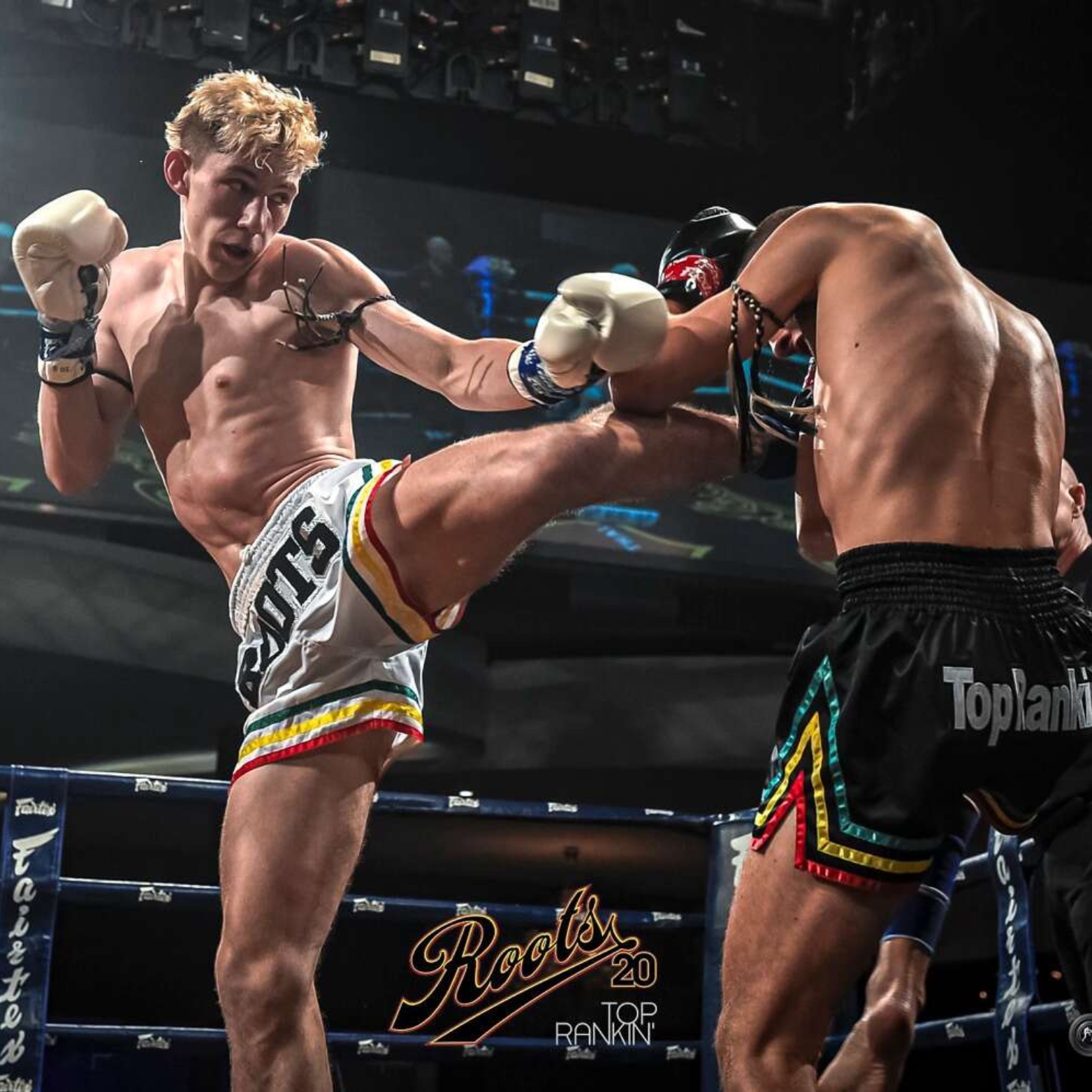
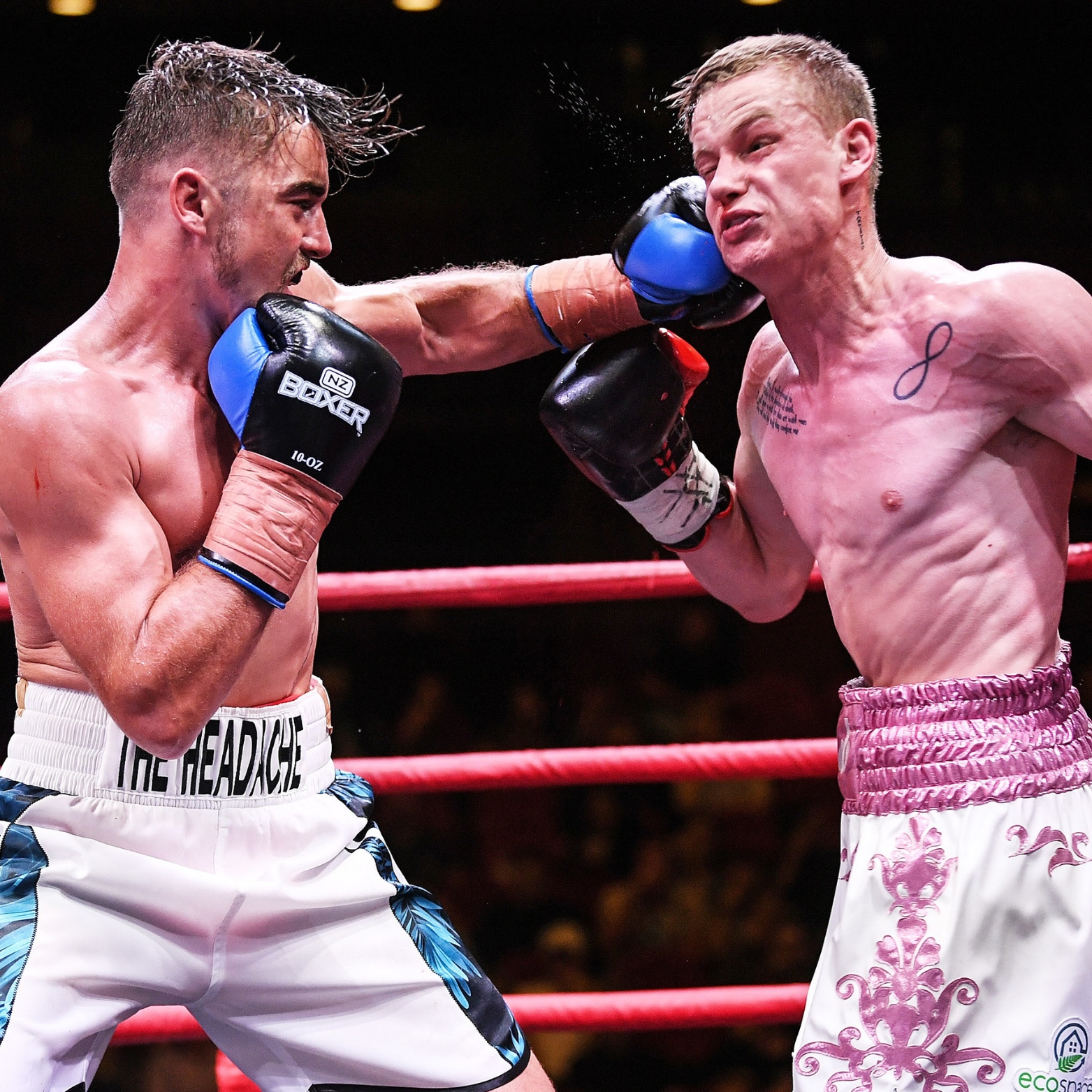
Boxing
Boxing is a classic combat sport that centers on the skillful use of punches and footwork. Fighters, or boxers, use their fists to deliver jabs, crosses, hooks,
and uppercuts while also employing defensive techniques like blocking and dodging. Boxing is known for its emphasis on precision, speed, and endurance. It is
contested in a regulated ring, with fighters aiming to score points by landing clean and effective blows on their opponent or achieve a knockout by rendering
their opponent unable to continue. Boxing has a rich history and remains a popular sport worldwide, both as a competitive discipline and a means of physical fitness
and self-defense training.
Wrestling
Wrestling is a combat sport that focuses on the art of controlling and pinning an opponent, typically through grappling and takedowns. It's one of the oldest and most
fundamental forms of combat, dating back to ancient civilizations. Wrestlers employ a variety of techniques, including throws, holds, and escapes, to gain an advantage
over their opponents. The sport is characterized by its physicality, strategy, and emphasis on strength, agility, and technique. Wrestling has a strong tradition in various
cultures and is practiced both as a competitive sport and as a valuable training component in mixed martial arts (MMA) and other combat disciplines.

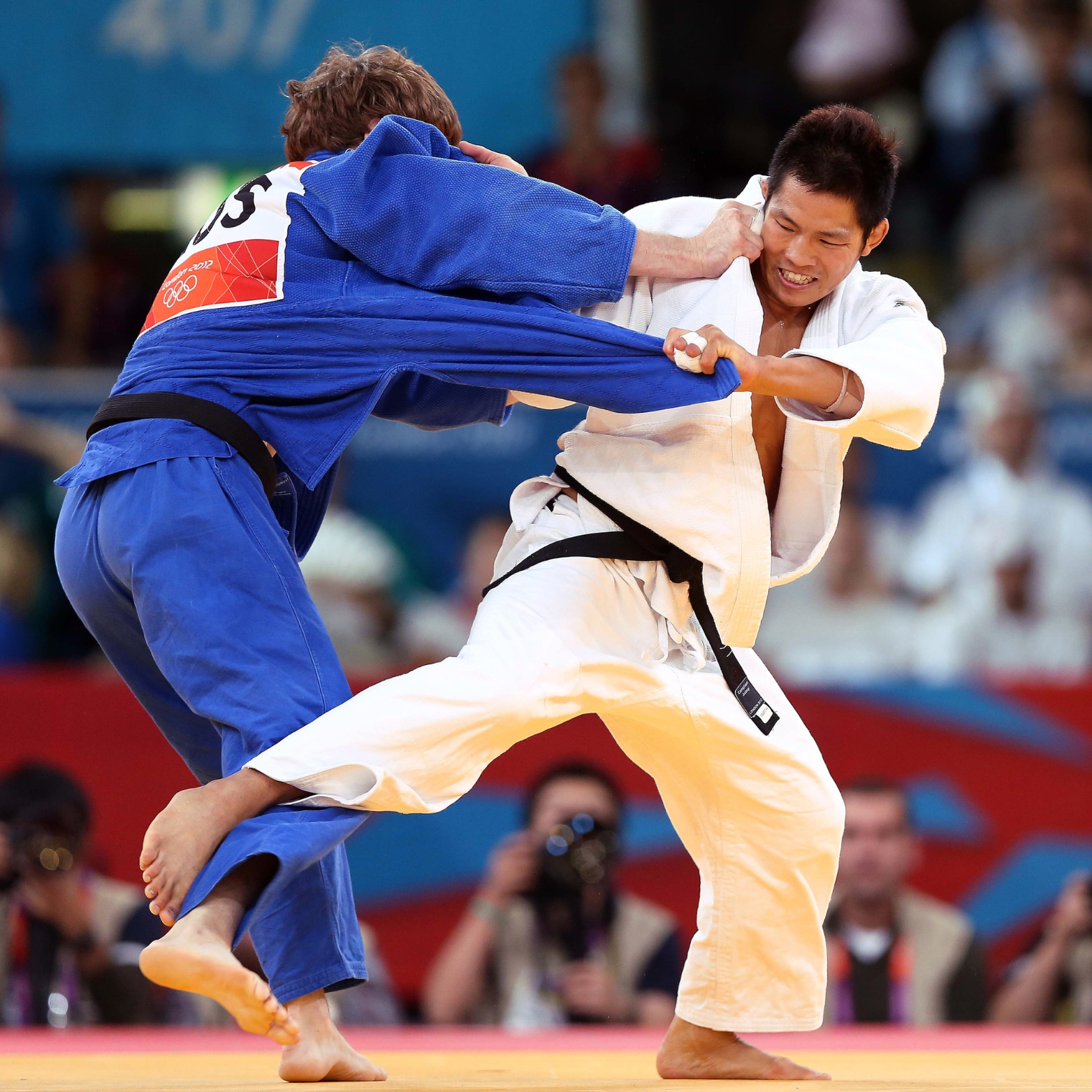
Judo
Judo is a Japanese martial art and Olympic sport that focuses on throws and grappling techniques, with the primary goal of immobilizing or subduing an opponent. Founded by
Jigoro Kano in the late 19th century, Judo emphasizes the use of leverage and technique over brute strength. Practitioners, known as judoka, learn to off-balance and control
their opponents through a variety of throws and ground-fighting methods, including joint locks and pins. Judo places a strong emphasis on respect, discipline, and mutual benefit,
and it is renowned for its practical applications in self-defense.
Karate
Karate is a traditional martial art that originated in Okinawa, Japan, and has since become a popular and globally practiced discipline. It primarily focuses on striking techniques,
including punches, kicks, knee strikes, and elbow strikes. Karate practitioners, known as karateka, also learn defensive and counterattacking maneuvers. The art places great importance
on discipline, form, and precise execution of techniques. Karate encompasses various styles, such as Shotokan and Kyokushin, each with its own unique emphasis on particular techniques
and training methods. It is widely practiced as both a sport and a means of self-defense, offering physical fitness, mental discipline, and personal development to its practitioners.
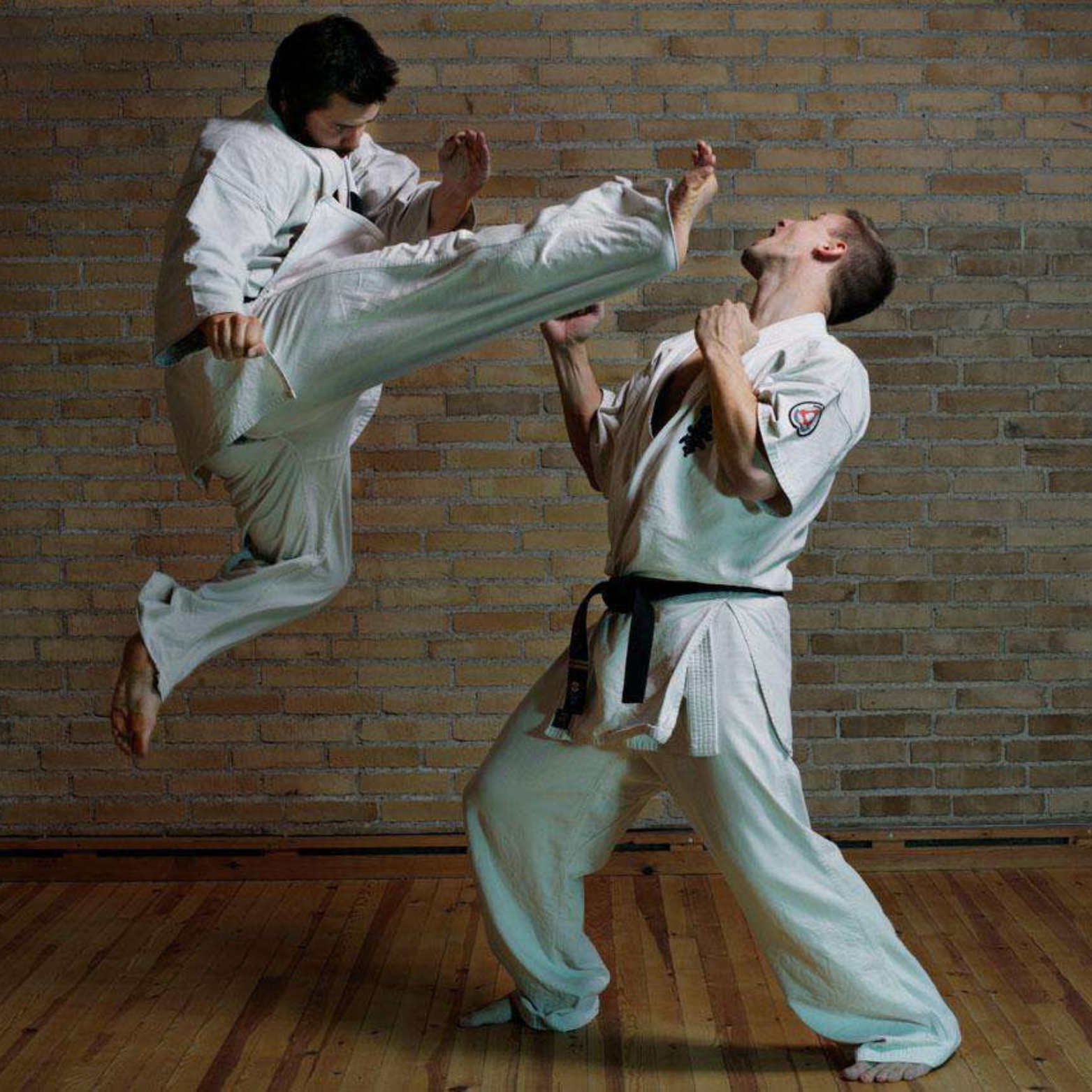
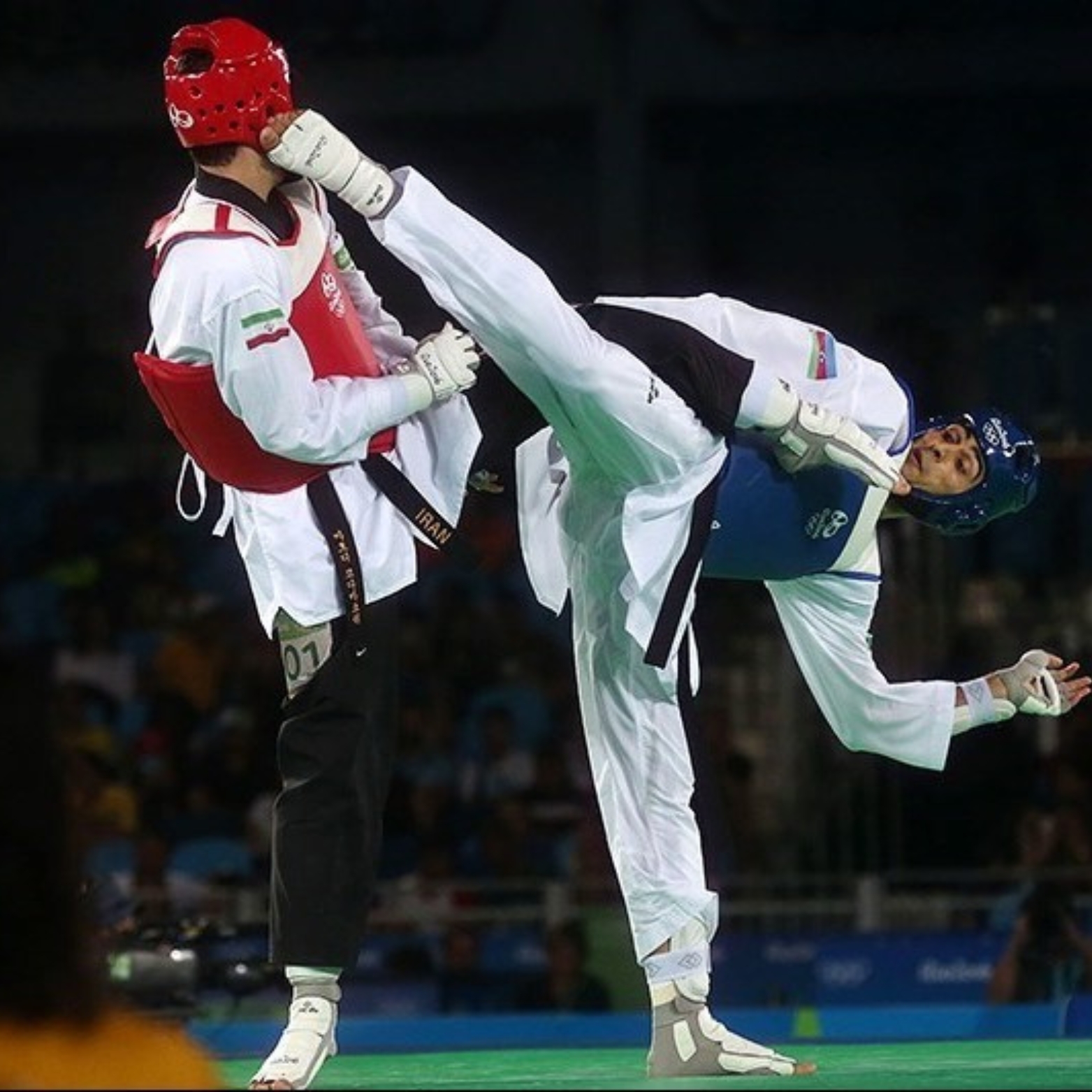
Taekwondo
Taekwondo is a Korean martial art and Olympic sport known for its high, fast kicks and dynamic, acrobatic techniques. It places a strong emphasis on kicking, but practitioners also learn
punches, blocks, and striking techniques. Taekwondo is characterized by its competitive sparring, where participants aim to score points by striking their opponent's designated target areas
with speed and accuracy. It is also recognized for its forms (poomsae), which involve choreographed sequences of movements that help develop discipline and precision. Taekwondo practitioners,
known as taekwondoin, often wear distinctive white uniforms and colored belts to denote their rank. The martial art promotes physical fitness, mental discipline.
Kickboxing
Kickboxing is a hybrid combat sport that blends elements of traditional boxing with kicking techniques from martial arts such as karate and Muay Thai. It involves punches, kicks, and knee strikes,
making it a full-contact stand-up fighting style. Kickboxers compete in the ring, aiming to score points by delivering clean and effective strikes to their opponent while employing defensive maneuvers.
The sport emphasizes physical conditioning, balance, and agility, and it is popular for its high-energy and exciting bouts. Kickboxing also serves as a foundational discipline in mixed martial arts (MMA),
where fighters often incorporate its striking techniques into their overall skill set.
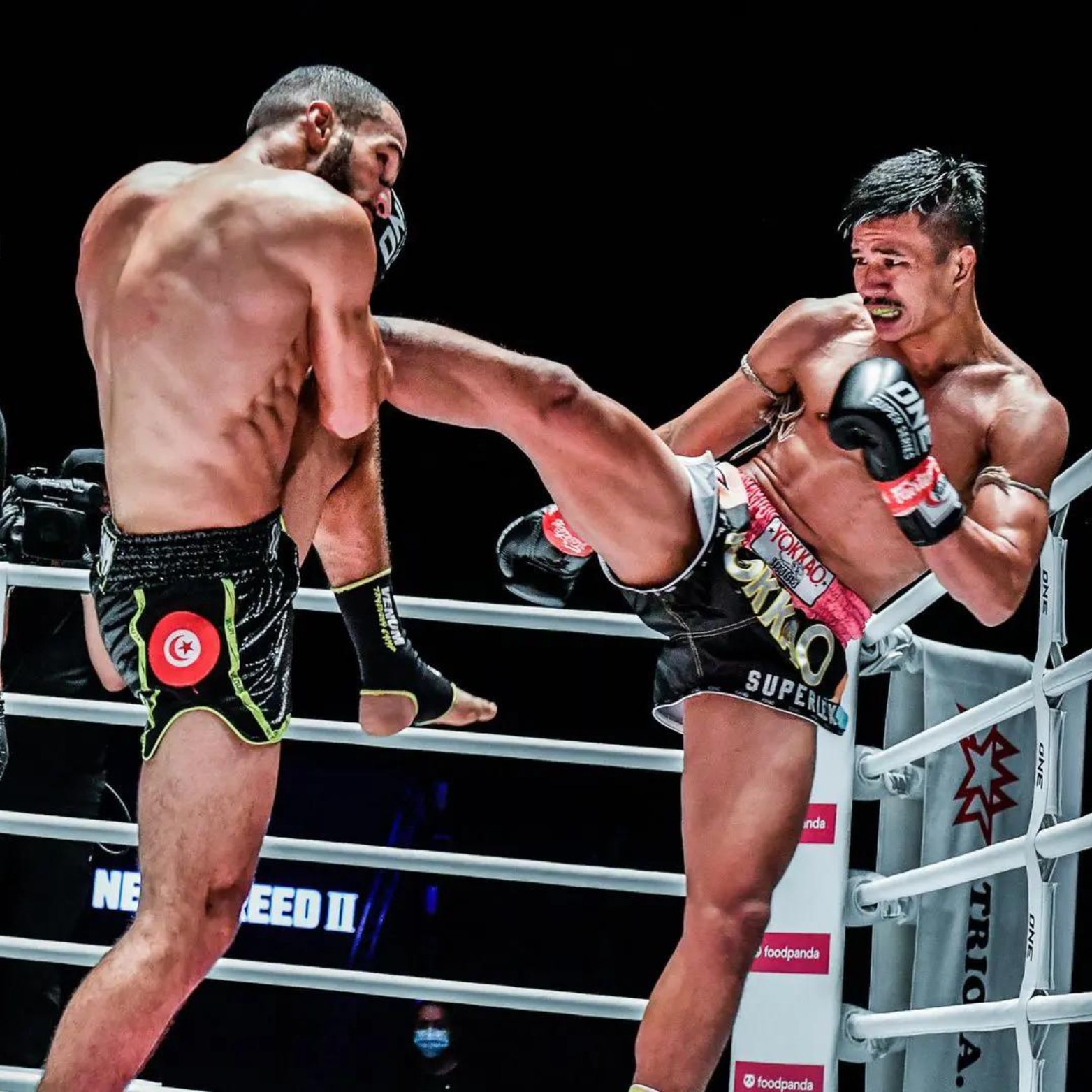
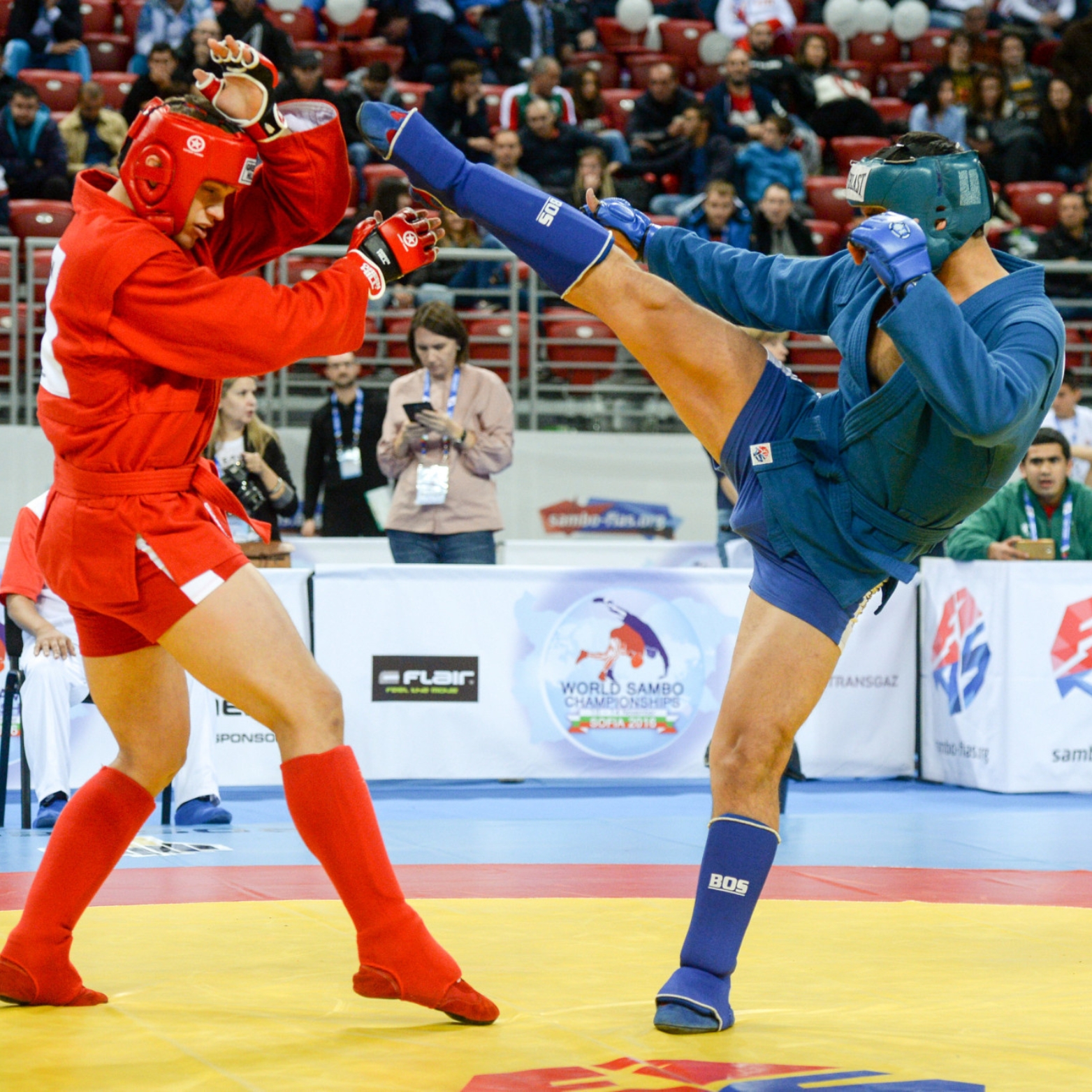
Sambo
Sambo, short for "SAMozashchita Bez Oruzhiya" in Russian, which translates to "self-defense without weapons," is a Russian martial art and combat sport. Developed in the early 20th century, it incorporates
elements of judo, wrestling, and striking techniques. Sambo focuses on throws, ground control, and submissions. There are two main styles of Sambo: Sport Sambo and Combat Sambo. Sport Sambo emphasizes competition,
while Combat Sambo includes practical self-defense techniques and striking, making it a valuable component of military and law enforcement training.Sambo practitioners, known as "sambists," wear distinctive uniforms
and compete in both national and international competitions.
Capoeira
Capoeira is a unique Brazilian martial art and cultural phenomenon that combines elements of dance, acrobatics, and music. It originated in Brazil during the time of slavery and was developed by African slaves as a form
of self-expression and resistance. Capoeira practitioners, known as capoeiristas, engage in a rhythmic, fluid dance-like form of combat that incorporates kicks, sweeps, and flips. The art is performed to the beat of traditional
Brazilian instruments like the berimbau and pandeiro. Capoeira's playful and acrobatic style makes it distinct from other martial arts, and it has gained worldwide popularity for its cultural significance and as a form of
physical fitness and self-expression.
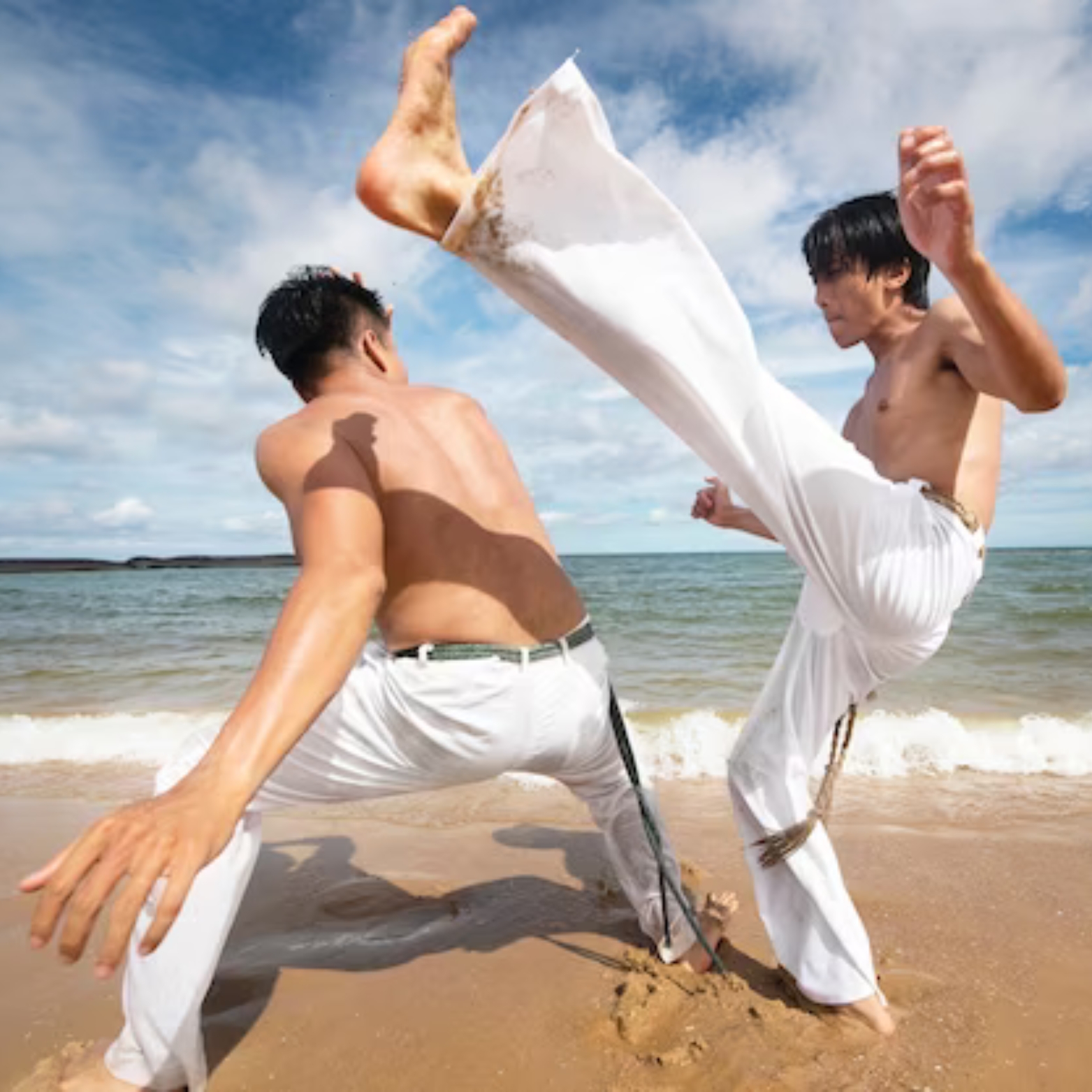
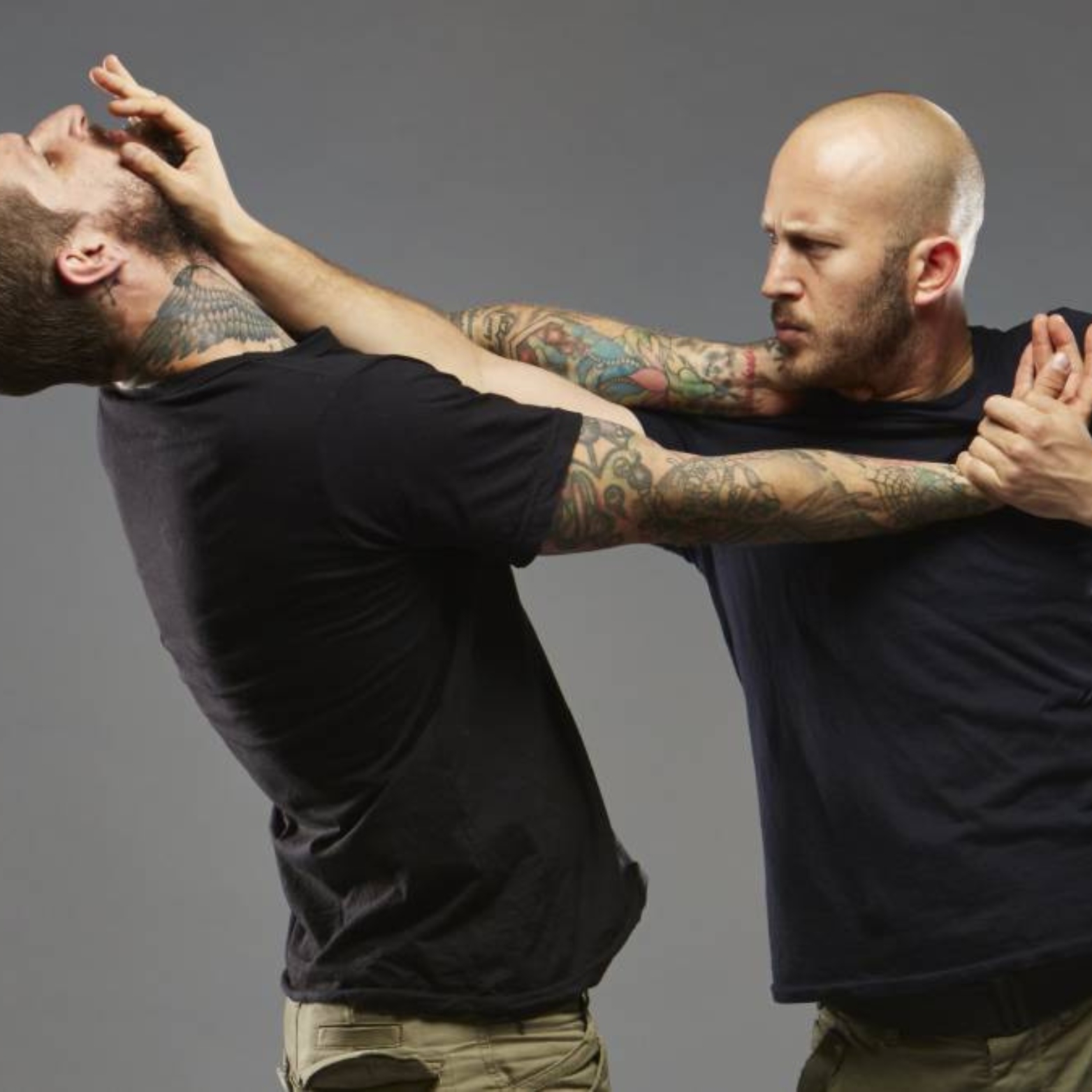
Krav Maga
Krav Maga is a practical and efficient self-defense system developed in Israel, known for its focus on real-world combat scenarios and simplicity. It was created by Imi Lichtenfeld, drawing on his experiences as a boxer, wrestler,
and street fighter. Krav Maga emphasizes instinctive movements and techniques that are easy to learn and apply under stress. Its techniques encompass strikes and defensive tactics for countering armed and unarmed attacks.
Krav Maga prioritizes practicality and is taught to military and law enforcement personnel worldwide, as well as civilians looking to acquire effective self-defense skills. It places a strong emphasis on reacting swiftly and decisively
to neutralize threats and escape dangerous situations.
Muay Boran
Muay Boran is an ancient and traditional martial art from Thailand, often considered the precursor to modern Muay Thai. The term "Muay Boran" translates to "ancient boxing" or "traditional boxing." This martial art includes a broader range
of techniques than modern Muay Thai, incorporating strikes, grappling, and weapons training. Muay Boran techniques encompass elbow strikes, knee strikes, clinch work, and a variety of kicks and punches. It also includes unique stances and
footwork, making it a comprehensive martial art system. While Muay Boran is no longer widely practiced for self-defense or competition, it holds cultural significance and is sometimes taught for its historical and traditional value.
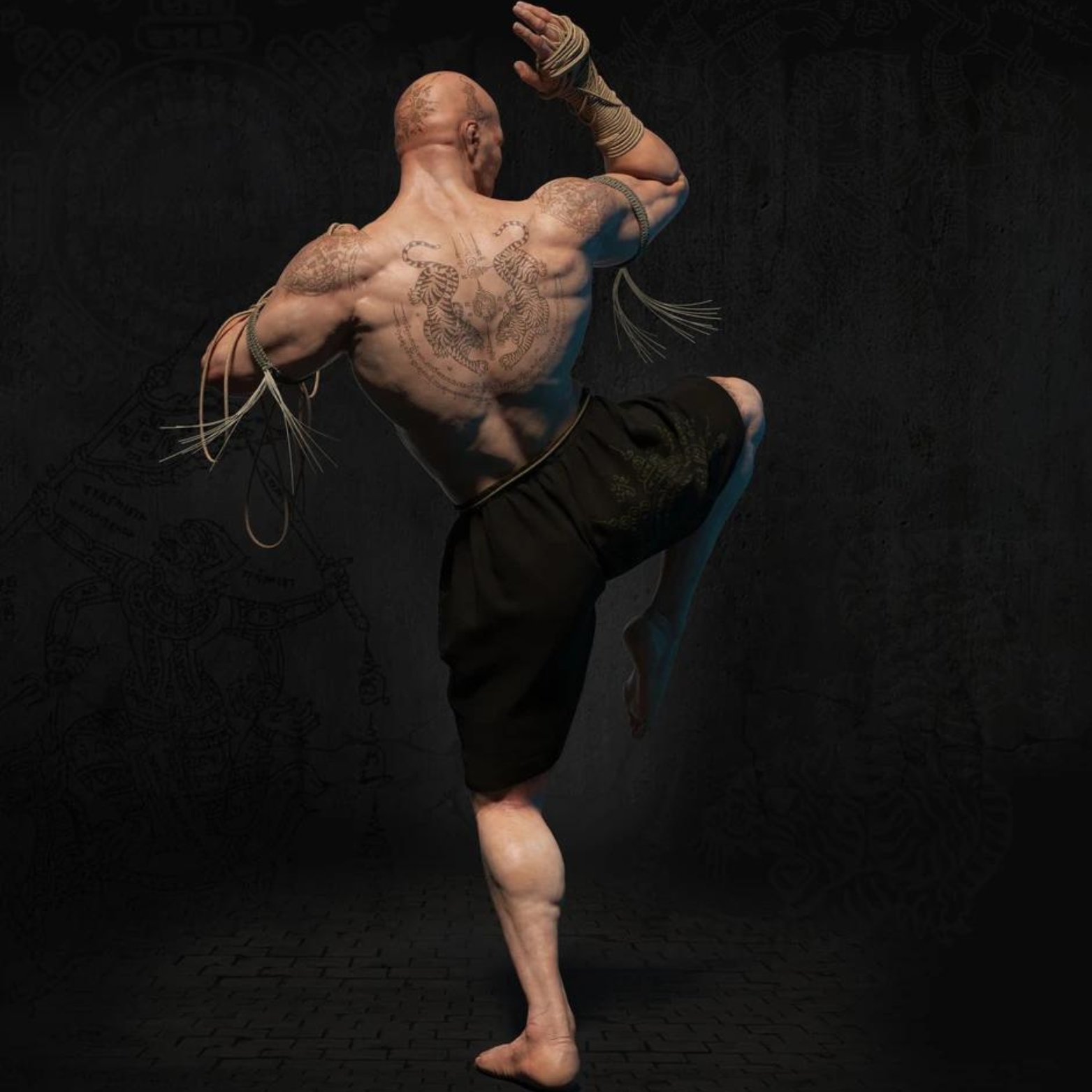
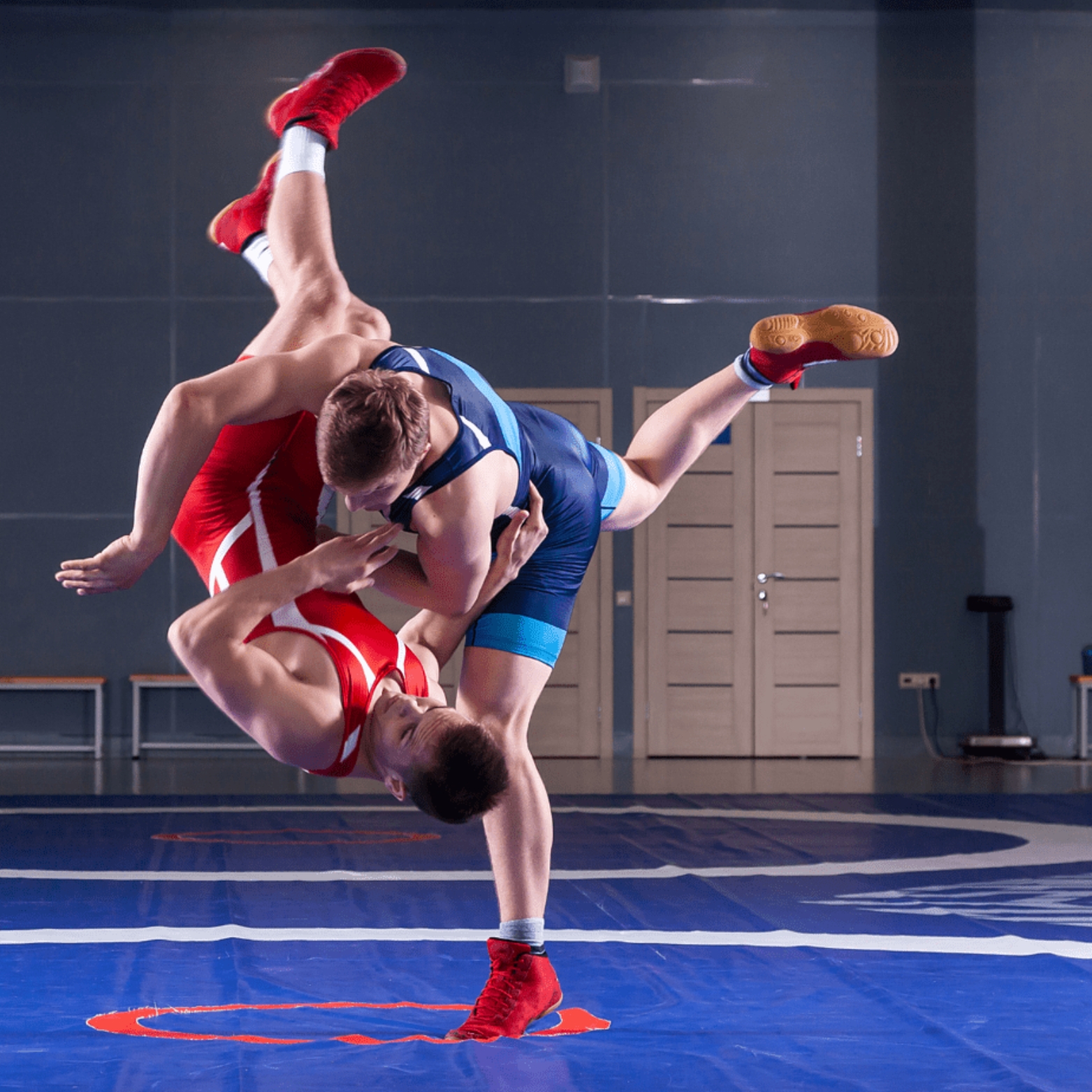
Catch Wrestling
Catch Wrestling is a dynamic and aggressive form of submission grappling that originated in the United Kingdom and the United States during the late 19th century. It places a strong emphasis on pinning an opponent and applying joint locks
and submission holds to achieve victory. Unlike Olympic-style wrestling, which typically focuses on pins or takedowns, Catch Wrestling allows for more extensive use of submission techniques, making it a precursor to modern submission grappling
and Brazilian Jiu-Jitsu. Catch Wrestlers are known for their adaptability and ability to control and submit opponents, making it an effective martial art for both sport competition and self-defense.
Jeet Kune Do
Jeet Kune Do (JKD) is a martial art philosophy and system founded by the legendary Bruce Lee in the 1960s. JKD emphasizes adaptability, efficiency, and the use of techniques that work, drawing from a wide range of martial arts, including boxing,
fencing, Wing Chun, and more. It encourages practitioners to adopt what is practical and discard what is not, making it a fluid and personalized martial art. JKD promotes the concept of "the intercepting fist" and focuses on economical movements
and simplicity in self-defense and combat. It's not just a martial art but a way of thinking about combat and self-improvement, and it has had a profound influence on modern martial arts and self-defense systems.
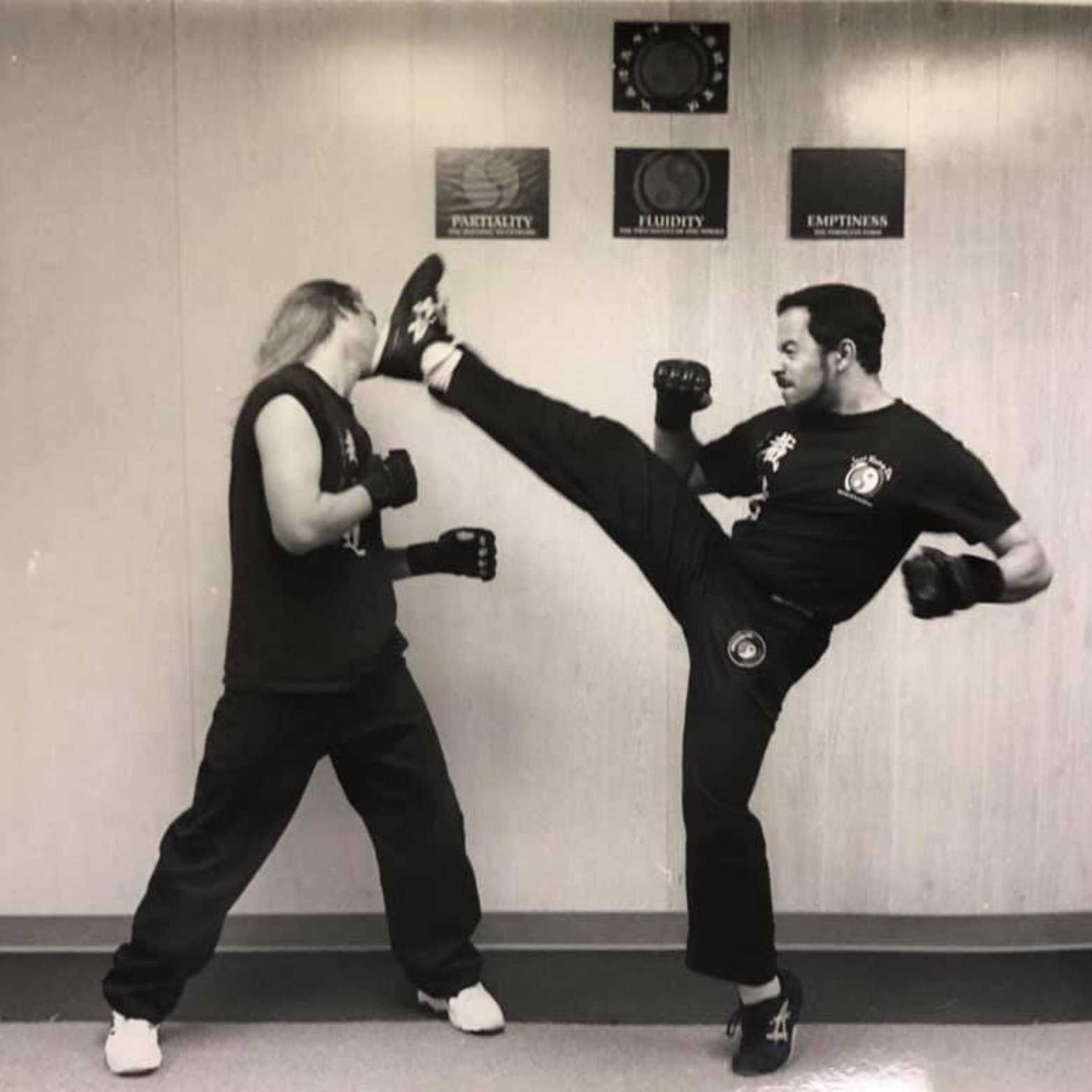
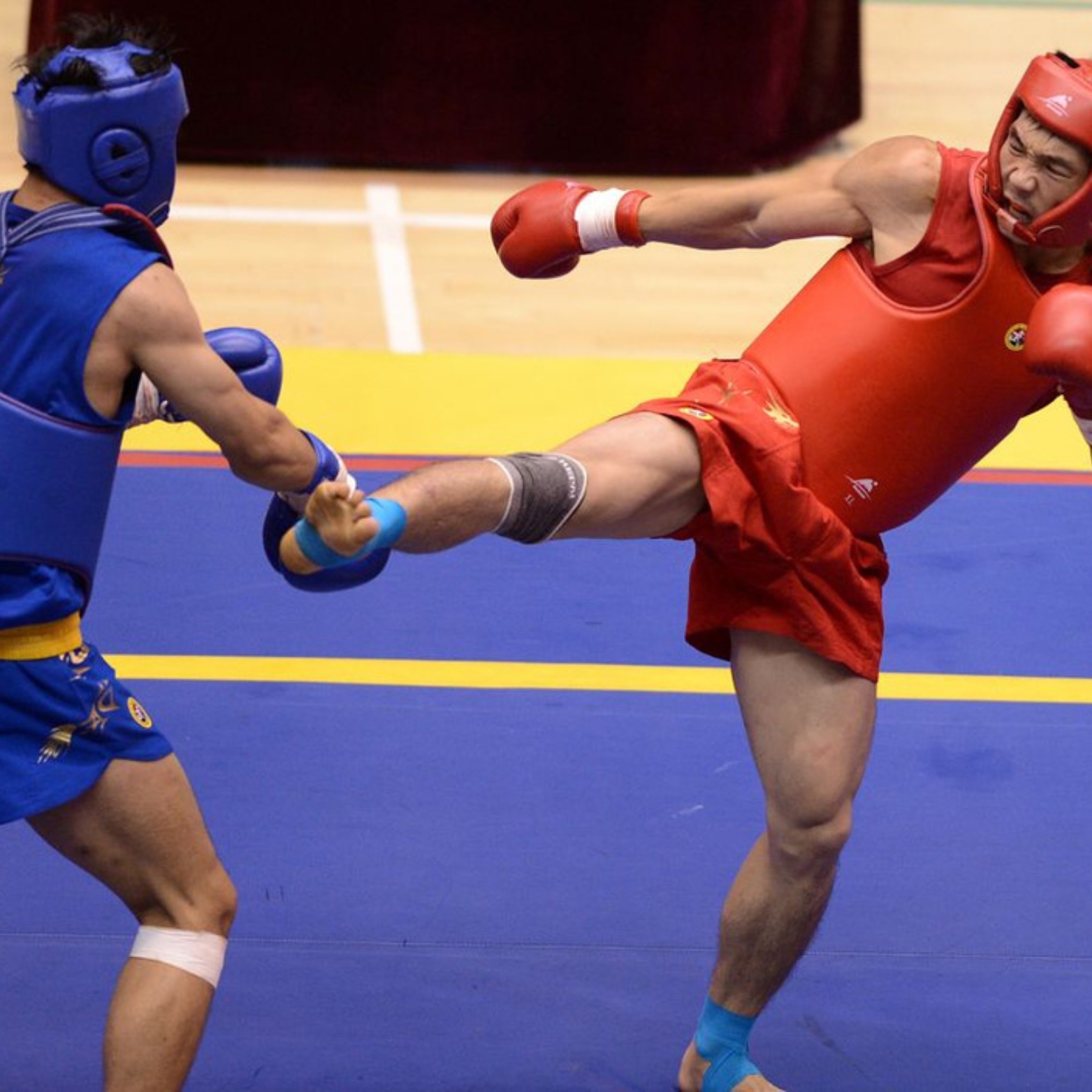
Sanshou
Sanshou, also known as Sanda, is a Chinese martial art and combat sport that combines striking and takedowns. It is often referred to as "Chinese kickboxing" because it integrates elements of traditional Chinese martial arts, including Kung Fu,
with Western-style boxing and kickboxing. Sanshou practitioners are skilled in both stand-up striking techniques, such as punches, kicks, and knee strikes, as well as throws, sweeps, and takedowns. Unlike traditional Kung Fu, Sanshou is a full-contact
sport with competitive sparring and emphasizes practical self-defense applications. It is a popular martial art for those looking to develop a well-rounded skill set in both striking and grappling.
Karate-Do Kyokushin
Karate-Do Kyokushin is a full-contact style of karate founded by Masutatsu Oyama in Japan in the 1960s. It is characterized by its intense training methods and a strong emphasis on physical conditioning and rigorous sparring. Kyokushin practitioners,
known as Kyokushinka, including punches, kicks, and knee strikes, with an emphasis on low kicks and strong, linear movements. One distinctive feature of Kyokushin is its commitment to full-contact, bare-knuckle
sparring, which has earned it a reputation for toughness. The art emphasizes personal development and a "never give up" spirit. Kyokushin is a respected and influential style in the world of martial arts and has a
significant following worldwide.
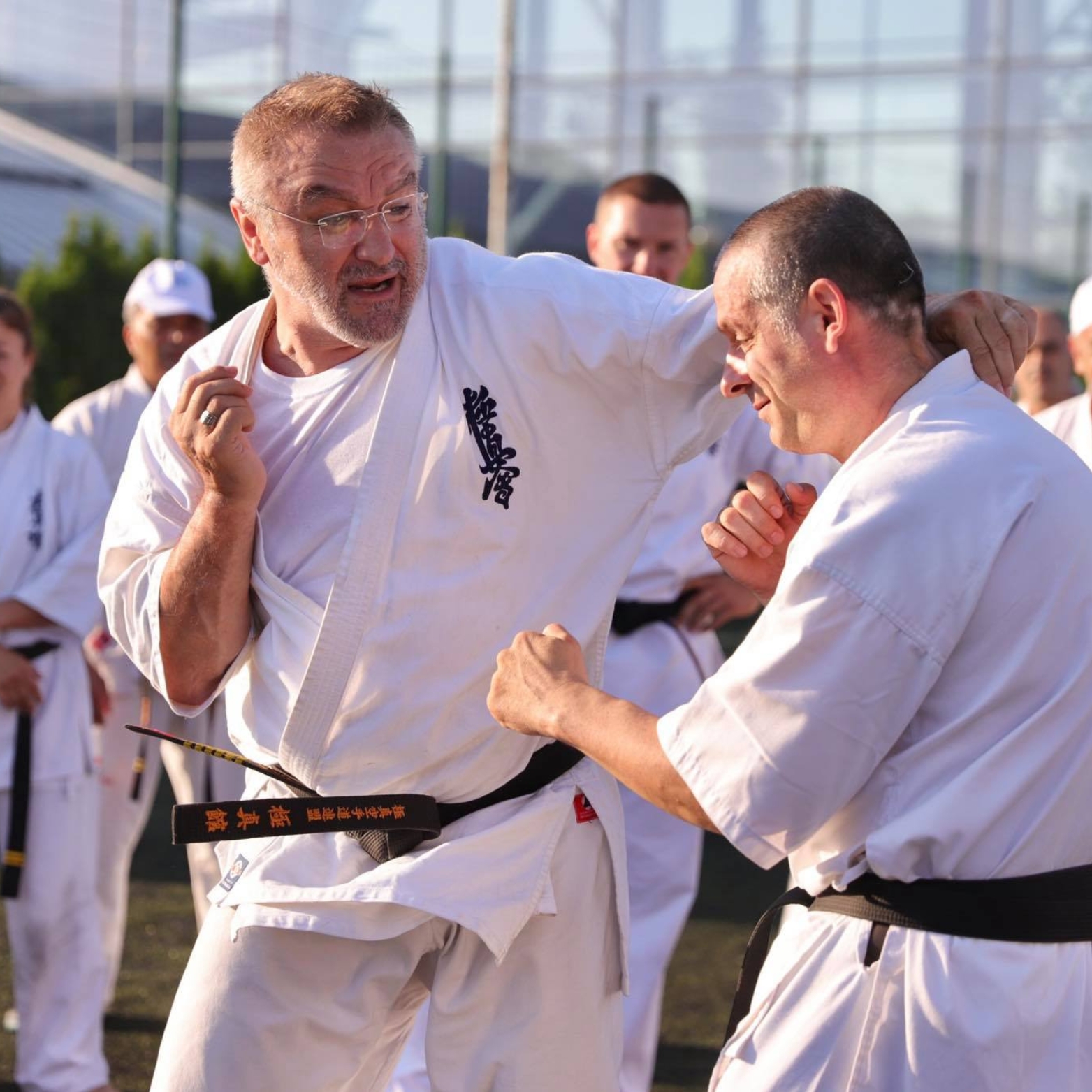

Shotokan Karate
Shotokan Karate is a traditional Japanese martial art and one of the most widely practiced styles of karate in the world. It was founded by Gichin Funakoshi in the early 20th century. Shotokan is characterized by its emphasis on strong, linear movements,
precise techniques, and a formalized approach to training and kata (pre-arranged forms). Practitioners, known as karateka, focus on stances, strikes, and kata, which are choreographed sequences of movements used for training and examination. Shotokan Karate
is known for its discipline and a commitment to self-improvement and personal development. It is a popular martial art for those seeking physical fitness and a deeper understanding of Japanese martial culture.
Hapkido
Hapkido is a Korean martial art known for its versatility and comprehensive self-defense techniques. Developed in the mid-20th century, it incorporates elements of joint locks, throws, strikes, and holds. Hapkido practitioners, often called "hapkidoists,"
focus on redirecting an opponent's energy and using their own body movements to control and subdue adversaries. The art emphasizes circular motions, fluidity, and adaptability, making it effective for self-defense in various situations, including standing
and ground scenarios. Hapkido's philosophy centers on the principles of non-resistance and minimal force to overcome an opponent, making it a valuable martial art for self-defense and personal growth.
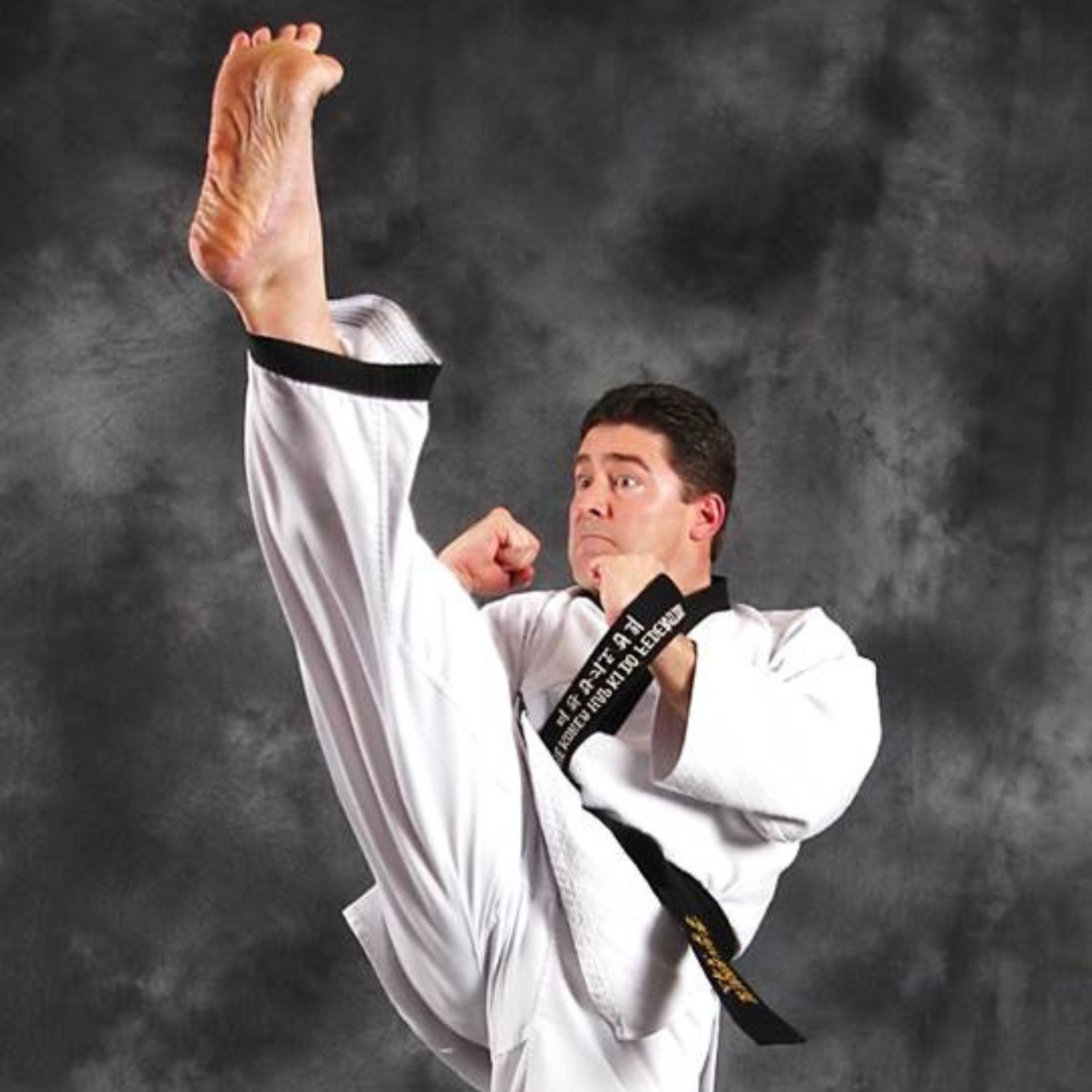
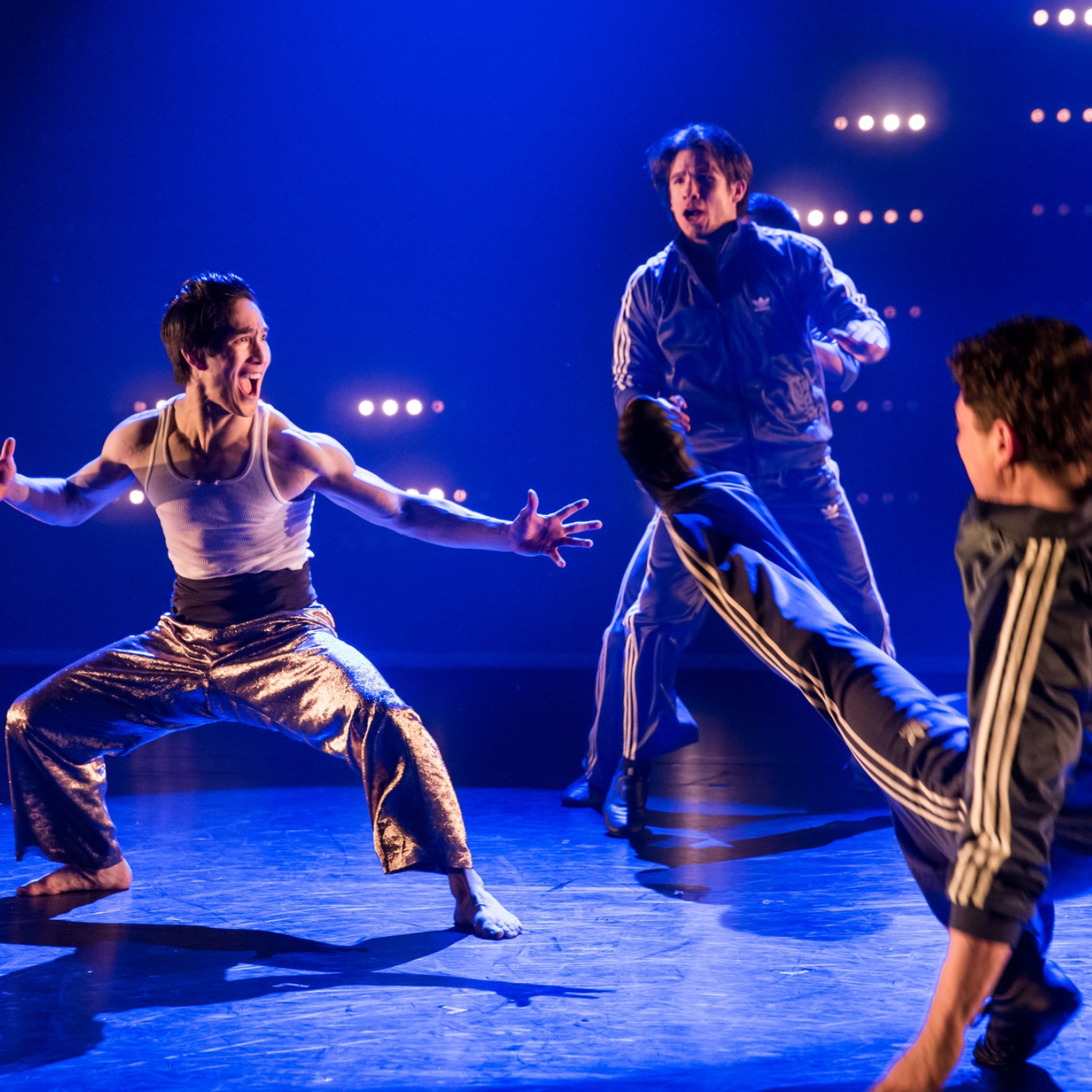
Kung Fu
Kung Fu, also known as Chinese martial arts, is a diverse and ancient system of combat techniques and self-defense that originated in China. It encompasses a wide array of styles and techniques, each with its own unique characteristics and philosophy.
Kung Fu practitioners, known as martial artists or "kung fu masters," train in various forms of strikes, kicks, blocks, and intricate movement patterns, often mimicking the movements of animals. Kung Fu is not just a fighting system but a holistic discipline
that promotes physical fitness, mental discipline, and spiritual development. It is celebrated for its rich history and the spectacular and acrobatic movements seen in various forms of traditional Chinese martial arts.


















